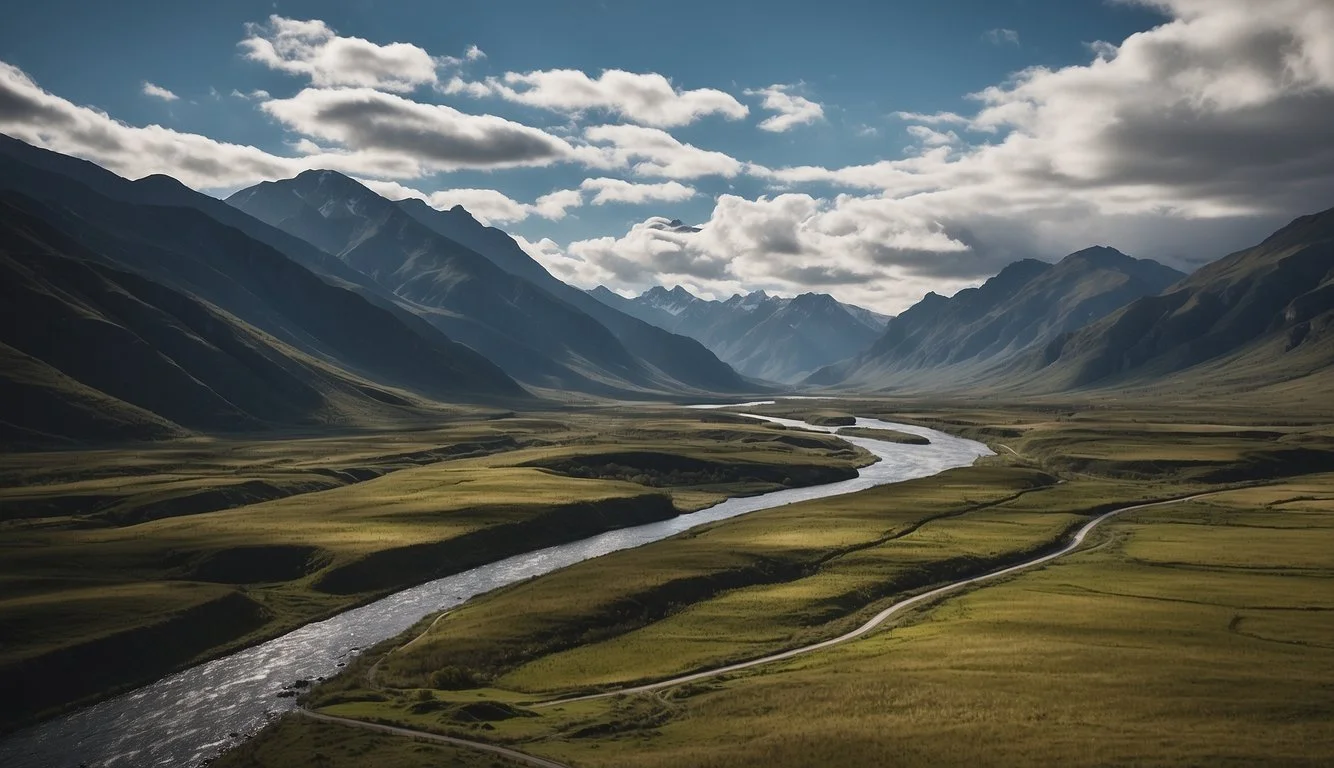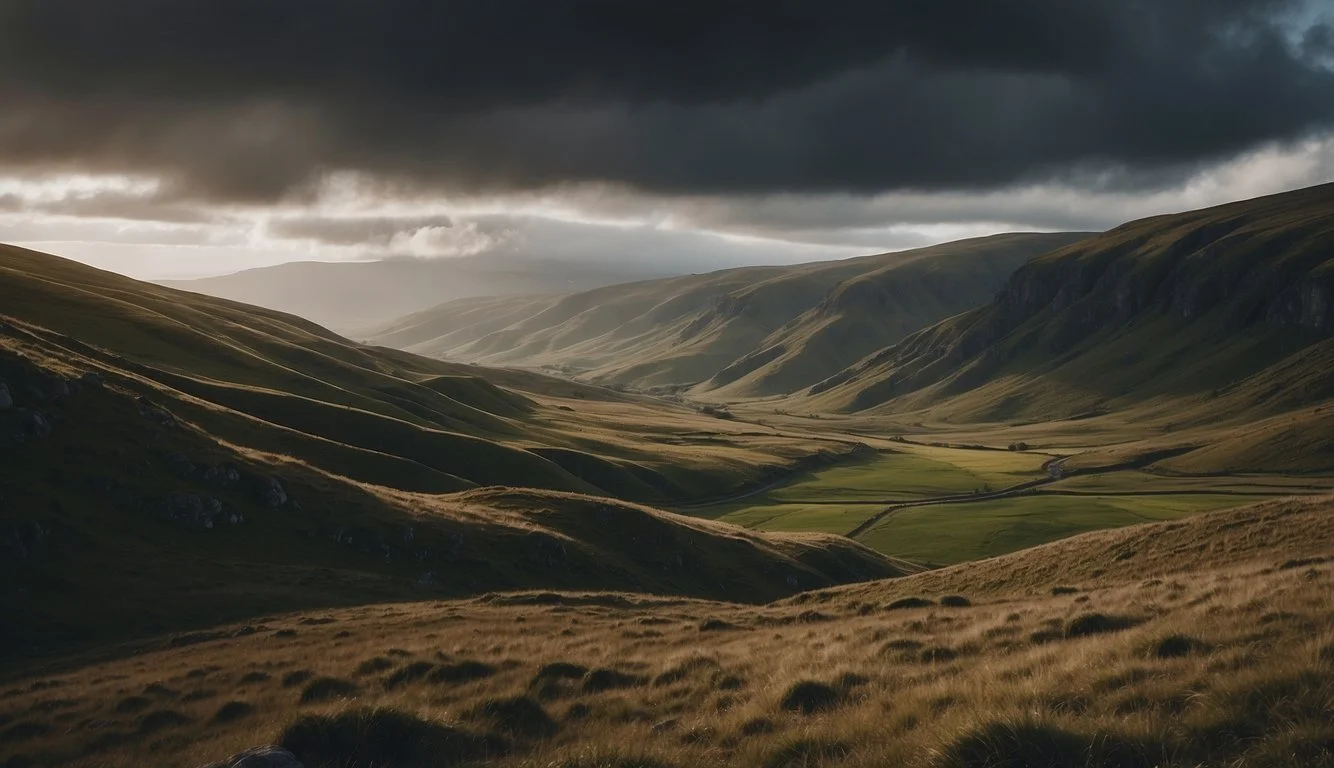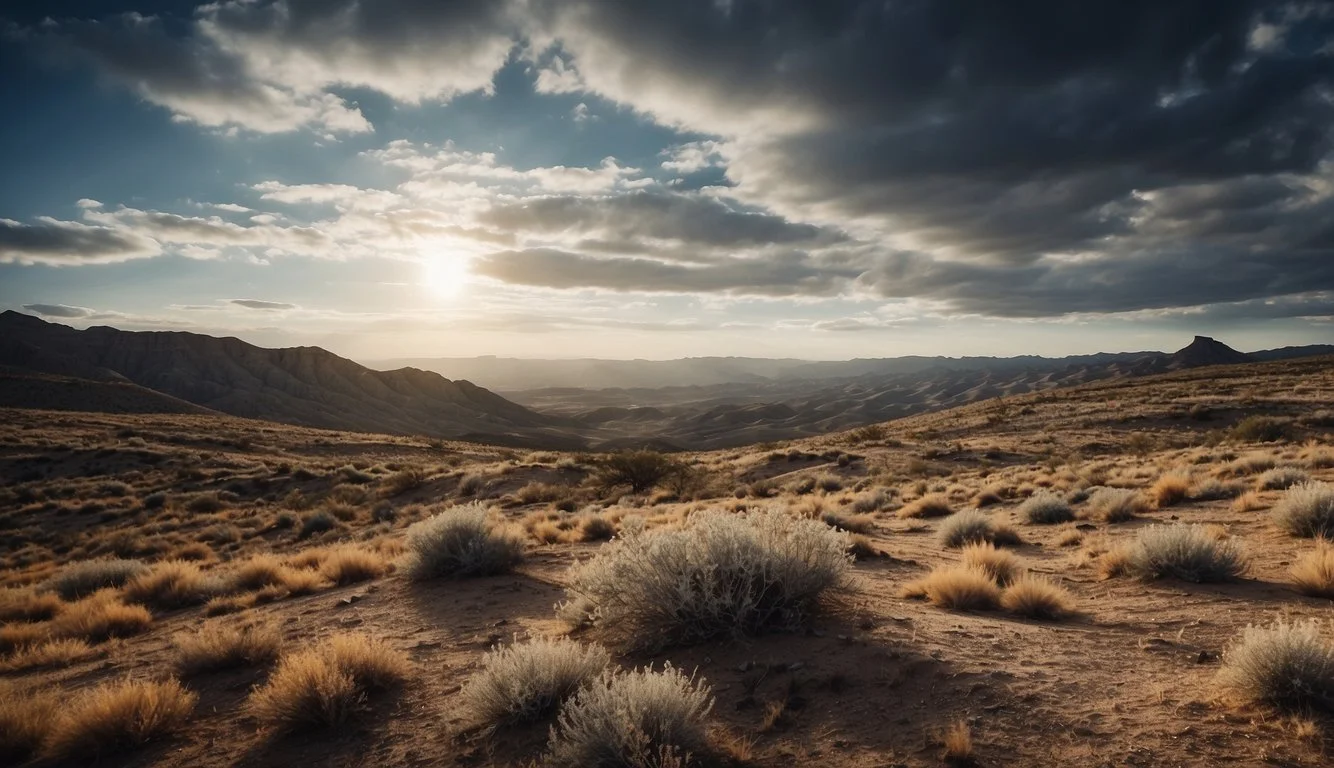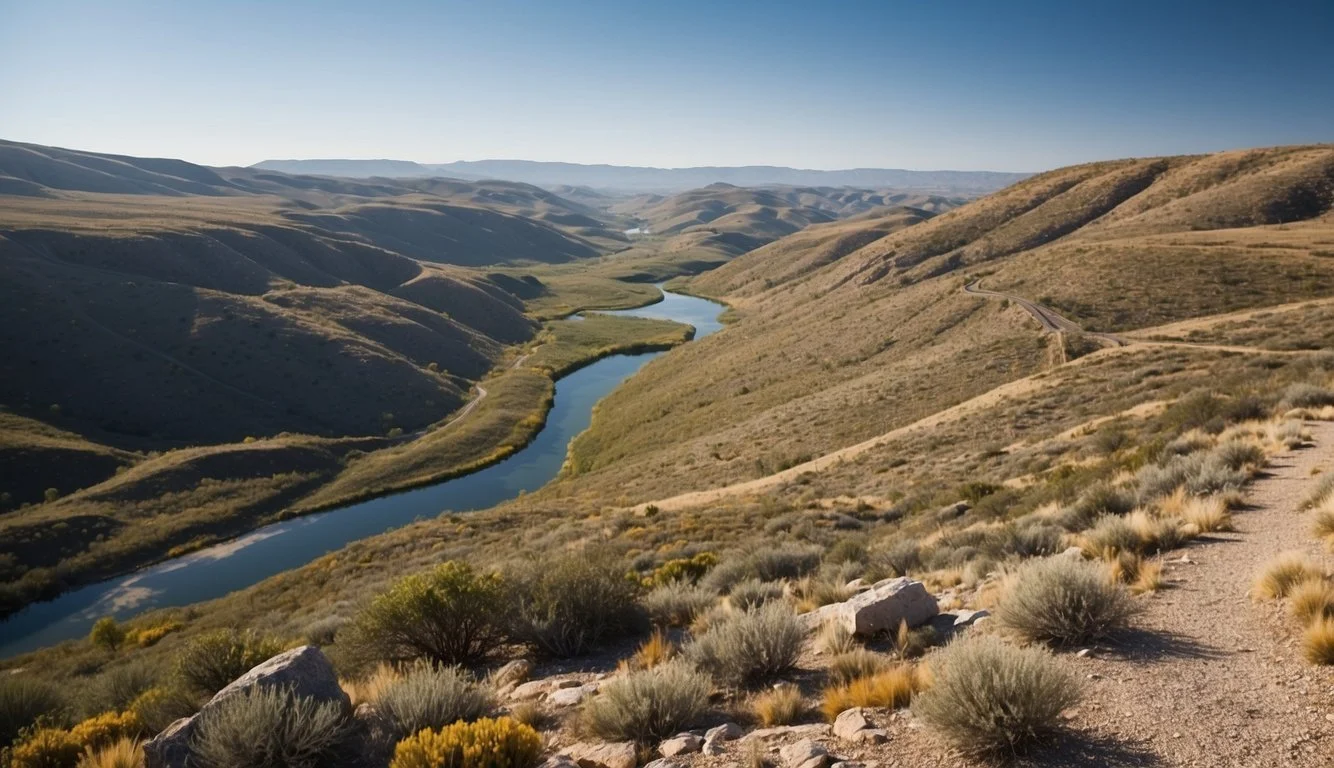Documentary Review: The Territory (2022)
An Insightful Exploration of Indigenous Struggles
Documentary Review: The Territory (2022) spotlights the gripping and urgent efforts of an Indigenous group in the Amazon rainforest fighting to protect their ancestral land from illegal settlers. This film, directed by Alex Pritz, offers a raw portrayal of the challenges faced by the Uru Eu Wau Wau community as they confront the destruction of their environment.
The documentary stands out for its intimate storytelling and compelling visuals, drawing viewers into the heart of the conflict. Viewers will find themselves immersed in the harrowing reality of environmental degradation and the relentless determination of the Indigenous people defending their home. The lush cinematography captures the beauty of the Amazon, contrasting sharply with scenes of devastation wrought by invaders.
Critics have praised The Territory, noting its importance and emotional impact. This film is not just an observation but a call to action, raising awareness about the critical need to preserve the world's largest rainforest. The resonance of this story with global environmental issues makes it a must-watch for anyone concerned about the future of our planet.
Background on 'The Territory'
"The Territory" is a 2022 documentary directed by Alex Pritz. It focuses on the struggle of the Indigenous Uru-Eu-Wau-Wau people in the Brazilian Amazon to protect their land from illegal settlers and environmental destruction.
Filmmaking Team
Alex Pritz directed and co-wrote The Territory. This documentary marked his debut feature. The film was produced with the support of several notable organizations, including the Indigenous Uru-Eu-Wau-Wau people themselves, who had significant input in the film's creation.
The cinematography and editing reflect a collaborative effort between the filmmakers and the indigenous community, highlighting the film’s authentic perspective and immersive storytelling.
Synopsis
"The Territory" chronicles the efforts of the Uru-Eu-Wau-Wau people to defend their ancestral land in the Amazon rainforest. The film follows the young leader, Bitate, and his community as they face threats from illegal settlers armed with fire and chainsaws. The documentary captures tense confrontations, the daily lives of the tribe, and their resilient spirit.
Amid the environmental stakes, the film showcases unique elements such as the use of technology by the Uru-Eu-Wau-Wau to document and protect their land, adding layers to the narrative.
Historical Context
The Uru-Eu-Wau-Wau are an Indigenous group in Brazil with a history marked by confrontation over land rights. The Amazon rainforest, often referred to as the “lungs of the world,” plays a crucial role in global environmental health, making the fight against deforestation even more significant.
In recent years, increased deforestation and land invasions have exacerbated the challenges faced by Indigenous communities. The Territory situates its narrative within this broader historical conflict, underscoring the ongoing threats to both the local ecosystem and its inhabitants.
Documentary Structure
"The Territory" is a documentary that meticulously captures the struggle of the Uru-eu-wau-wau people in the Brazilian Amazon. Throughout the film, viewers experience the intricate narrative flow, impactful cinematography, and precise editing techniques that contribute to the compelling storytelling.
Narrative Flow
The narrative follows the Uru-eu-wau-wau community as they confront illegal settlers encroaching on their land. Bitate, the young leader, is a central figure, and his perspective offers an intimate glimpse of their fight.
The story progresses through a series of escalating conflicts, intertwined with quieter moments that reflect the community's culture. The alternating sequences of tension and reprieve create a rhythm that keeps viewers deeply engaged with the unfolding events.
Cinematography
The cinematography stands out with its stunning visuals of the Amazon rainforest. Using a mix of drone shots, handheld cameras, and close-ups, the film captures both the grandeur of the landscape and the intimacy of personal interactions.
The director's choice to include footage shot by the community members themselves adds authenticity and immediacy. This technique brings the viewer closer to the Uru-eu-wau-wau's daily experiences and struggles.
Editing Techniques
Editing plays a crucial role in maintaining the documentary's pace and emotional impact. The use of cross-cutting between the indigenous people and the invaders effectively contrasts their lives and motivations. This method builds a narrative tension that reflects the escalating dangers faced by the Uru-eu-wau-wau.
The editors also integrate archival footage and news clips to provide context and historical background. This combination of contemporary and historical sources enriches the narrative, offering a comprehensive view of the ongoing conflict. The seamless transitions ensure that the film remains coherent and engaging from start to finish.
Themes and Messages
"The Territory" delves into critical contemporary issues, notably environmental degradation, the struggle for Indigenous land rights, and the preservation of cultural identity amidst modern challenges.
Environmental Concerns
One of the film’s central themes is environmental conservation. The Amazon rainforest, often termed the "lungs of the world," plays a vital role in maintaining global ecological balance.
The documentary highlights the illegal deforestation practices by external forces, using fire and chainsaws, which pose a severe threat to this essential ecosystem. The deterioration of forest land impacts not only local biodiversity but also contributes significantly to climate change. By showcasing the villagers' efforts to document and combat these activities, the film emphasizes the global importance of protecting such crucial natural resources.
Indigenous Rights
The film powerfully underscores the tenacity of Indigenous communities in defending their ancestral lands. The Uru-eu-wau-wau people, central to the film, face encroachments by outsiders aiming to exploit their territories for commercial gain.
Their struggle epitomizes broader issues around Indigenous sovereignty and self-determination. By portraying their active resistance and engagement with media to bring awareness, the documentary sheds light on their fight for legal and moral recognition. This section effectively balances the portrayal of their dire challenges with their resilience and agency in asserting their rights.
Cultural Survival
Aside from environmental and legal battles, the film delves into the cultural implications of these conflicts. Preservation of traditional ways of life is paramount for the Uru-eu-wau-wau community.
The documentary captures how cultural identity and heritage are intertwined with the land. Amidst external threats, maintaining cultural practices becomes a form of resistance and survival. The villagers’ efforts to pass on knowledge and traditions to younger generations while adapting to new circumstances are depicted poignantly, highlighting the importance of cultural continuity in the face of adversity.
Critical Analysis
"The Territory" has garnered attention for its gripping portrayal of the struggles faced by Indigenous Brazilians to protect their land. Experts have praised the film's meticulous storytelling, while viewers have reacted strongly to its emotional and visual impact. Comparisons with other documentaries highlight its unique focus.
Expert Opinions
Critics have commended "The Territory" for its powerful narrative and technical execution. Roger Ebert's review highlights its emphasis on the Amazon rainforest's critical role, dubbing it the "lungs" of the world. Variety appreciates Alex Pritz’s direction, noting the documentary’s ability to align with the Indigenous community's perspective. Experts agree that the film's strength lies in its vivid, unflinching representation of a dire environmental and social crisis.
Public Reception
The documentary has resonated deeply with audiences, as evidenced by its reception at various film festivals. The emotionally charged scenes of villagers capturing the encroachment on their land invoke a strong emotional response. National Geographic’s involvement in distributing the film has widened its reach, bringing greater attention to the plight of the Uru-eu-wau-wau people. Viewers are not only informed but also moved to act.
Comparisons to Other Documentaries
Compared to other environmental documentaries, "The Territory" stands out for its direct collaboration with the subject community. While films like "The Cove" and "Before the Flood" focus on raising awareness, "The Territory" involves Indigenous people in the filmmaking process. This joint effort results in a more authentic and immediate narrative, offering viewers an insider’s perspective on the environmental and human impact of deforestation in the Amazon.
Impact and Relevance
"The Territory" (2022) is notable for its influence on advocacy, its educational impact, and its potential to shape policy.
Advocacy Efforts
"The Territory" assists in raising awareness about the pressing issue of deforestation and the efforts of the Indigenous Uru-eu-wau-wau people.
By highlighting their struggle, the documentary garners international support and amplifies their voices.
This broader exposure can lead to tangible support from environmental organizations and advocates worldwide.
Educational Value
The documentary serves as a valuable tool for educating audiences about the realities of deforestation in the Amazon.
Teachers and environmental educators can use the film to illustrate the human impact of environmental degradation.
It also provides firsthand accounts from Indigenous communities, offering a more in-depth perspective than traditional educational materials.
Policy Influence
"The Territory" has the potential to influence environmental policies by showcasing the urgent situation in the Amazon.
Policymakers and stakeholders may feel pressured to implement stricter deforestation regulations.
The documentary acts as a catalyst for policy discussions by providing real-world examples of the consequences of inaction and the importance of environmental protection.
Technical Considerations
"The Territory" offers a thought-provoking experience not just in content but also through its technical craftsmanship. Focused attention on sound, visuals, and music enhances the storytelling.
Sound Design
The sound design in "The Territory" plays a crucial role in immersing the audience in the Amazon rainforest environment. Natural sounds, from the rustling of leaves to the distant calls of wildlife, create an authentic auditory backdrop.
Dialogue clarity is meticulously maintained, ensuring that conversations, especially those in indigenous languages, are accessible and contribute effectively to the narrative. The occasional use of ambient noise helps to reinforce the tension and stakes of the villagers' struggle. This careful layering of sound elements supports the documentary’s goal of drawing the audience directly into the world of its subjects.
Visual Effects
While "The Territory" primarily relies on real footage, visual effects are subtly but effectively used to enhance key elements.
Drone shots provide sweeping views of the vast and endangered rainforest, emphasizing the scale of what is at stake. Color grading techniques are employed to highlight contrasts between untouched and encroached areas, making the visual storytelling more compelling.
Animations and graphics occasionally illustrate complex statistics and facts about deforestation, making them more digestible for the viewer. These visual tools help to underscore the documentary’s critical message without overshadowing the raw footage of the Amazon and its inhabitants.
Score and Music
The score and music in "The Territory" are thoughtfully composed to support the film's emotional and narrative arcs. Traditional indigenous music blends seamlessly with modern orchestral arrangements to create a soundscape that resonates with the themes of heritage and urgent action.
Music is used sparingly but strategically, accentuating moments of tension or triumph in the villagers' fight to protect their land. Silence is also effectively employed, allowing the natural sounds of the environment to take center stage during critical scenes. This balanced approach to music and silence enhances the viewer's emotional connection to the narrative and its subjects.
Conclusion
"The Territory" serves as a vital documentary that sheds light on the ongoing struggle of Indigenous people in Brazil. The film captures their relentless efforts to protect their ancestral land from illegal settlers.
The direction by Alex Pritz and the collaboration with the Uru-eu-wau-wau community bring authenticity. It portrays the deep connection between the land and its people.
The cinematography enhances the narrative, showcasing both the beauty of the Amazon rainforest and the devastation caused by deforestation. This visual storytelling is complemented by meticulous sound design.
Historically, documentaries on such topics have faced challenges in maintaining a balanced perspective. "The Territory" manages to give a voice to those directly affected, allowing the audience to gain insight into their plight.
For those intrigued by environmental issues and Indigenous rights, this film stands out. It brings essential stories to the forefront and encourages viewers to reflect on the broader implications.






